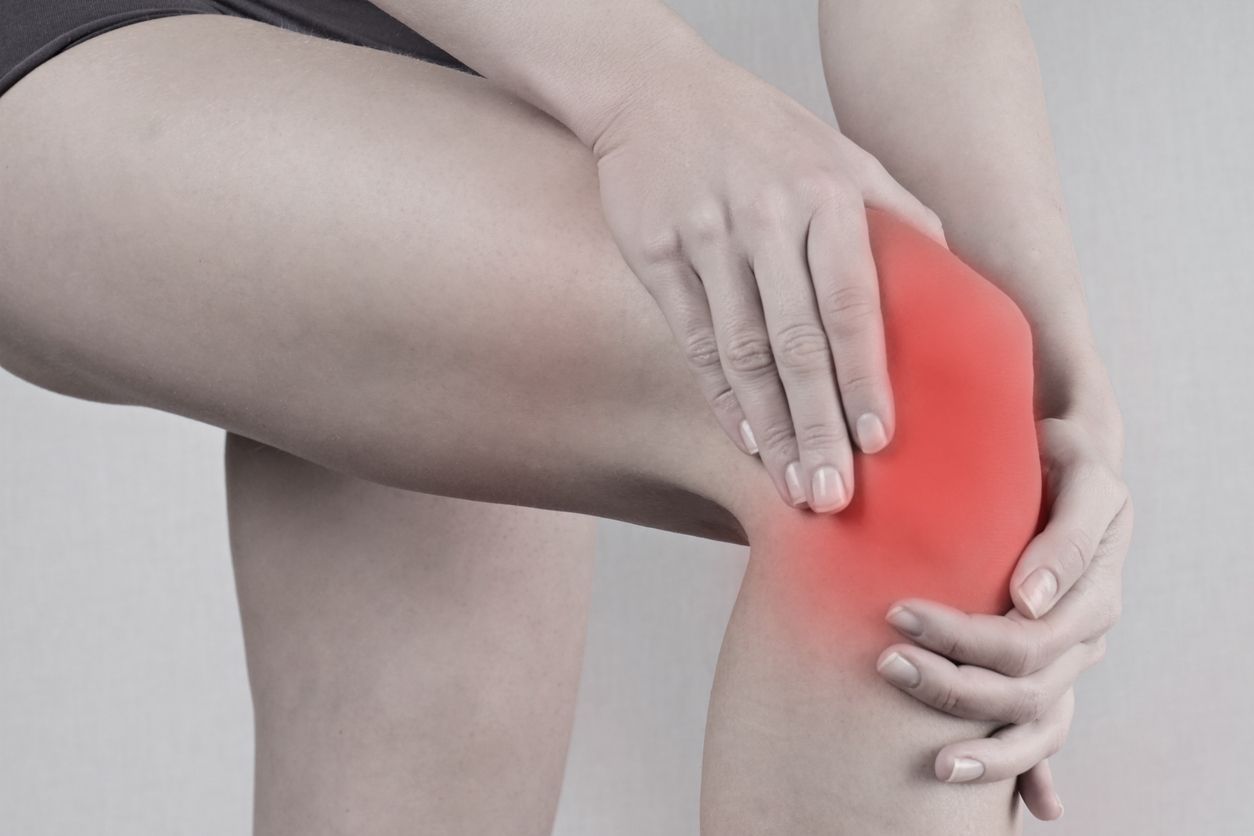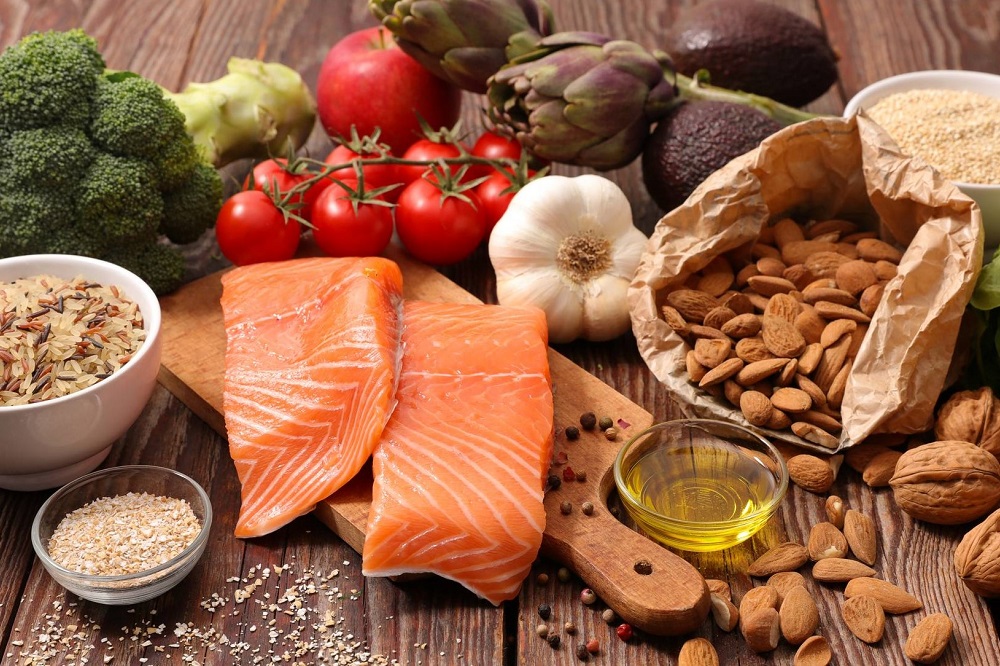Second mineral the most abundant in the body after the calcium, phosphorus is essential for most chemical reactions within our cells. It is the main component of bones and teeth, in association with calcium. Here's what you need to know about phosphorus: requirements, roles, properties, sources and dosage.

Phosphorus characteristics
Phosphorus is essential to life, in the same way as sodium, for example. Phosphorus is very abundant in the body, accounting for around 700g of an adult's weight. It is distributed mainly in soft tissues (10%), muscles (10%) and bones (85%).
This content is part of the guide Blooness, the guide to the ideal human diet, the summary of which you can find here 🌱🥑

The benefits of phosphorus
Phosphorus has several roles in the body, including :
- Building and strengthening our bones. For this, it must be combined with calcium.
- Energy production and release, through the composition of ATP (adenosine triphosphate) and phosphocreatine (PCr).
- The training of a large number of lipids phospholipids. This mainly concerns the formation of cell membranes.
- Finally, this mineral also helps neutralize the acidic compounds produced by energy metabolism. It even ensures the body's acid-base balance.

Recommended nutritional intake of phosphorus
An intake of approximately 750 mg/day is recommended for one adult, and even more for pregnant women (800) and nursing mothers (850).
Take control of your diet and never miss another chapter of the guide by subscribing to the Blooness newsletter 🙌
The best food sources of phosphorus
Meat and fish are particularly rich in phosphorus. But it is also found in dairy products, offal, vegetables and fruit. pulsesThe most important foodstuffs are: fruit, vegetables, poultry, oleaginous fruits, chocolate, eggs and bean sprouts.

Top 20 foods richest in phosphorus
|
Food |
Phosphorus content (mg/100g) |
|
Brewer's yeast |
1300 |
| Fourme d'Ambert |
1040 |
|
Wheat germ |
1030 |
| Emmental, Comté, Beaufort, Parmesan |
625 à 810 |
|
Sesame seed |
605 |
| Canned sardines in oil |
530 |
|
Gouda, Mimolette, Morbier |
500 à 520 |
| Beef liver, braised or sautéed |
485 à 497 |
|
Canned sardines |
490 |
| Cooked lamb or heifer liver |
425 à 485 |
|
Cooked chicken breast |
480 |
| White ham |
425 |
|
Walnut, almond, pistachio, cashew, hazelnut |
385 à 460 |
| Cooked crab or crab cake |
345 |
|
Salmon |
256 à 354 |
| Clams |
338 |
|
Swordfish |
337 |
| Bluefin tuna |
326 |
|
Flaky Müesli with dried fruit |
315 |
| Braised poultry offal |
223 à 289 |
As you can see from this list of phosphorus-rich foods, meeting nutritional requirements is easy.
Risks in case of deficiency or excess
In general, the risk of phosphorus deficiency is relatively low. However, exceptions can be observed after a long course of anti-acid treatment. There is also a high risk of deficiency among alcoholics.
The main symptoms of phosphorus deficiency are muscle weakness, bone disorders, loss of appetite, impaired walking coordination and anemia.

Like deficiency, phosphorus overdosage is uncommon. Nevertheless, any excess can disrupt calcium metabolism and bone mineralization. It is therefore advisable to limit daily phosphorus intake to a maximum of 2.5 g, including food and any supplements.

